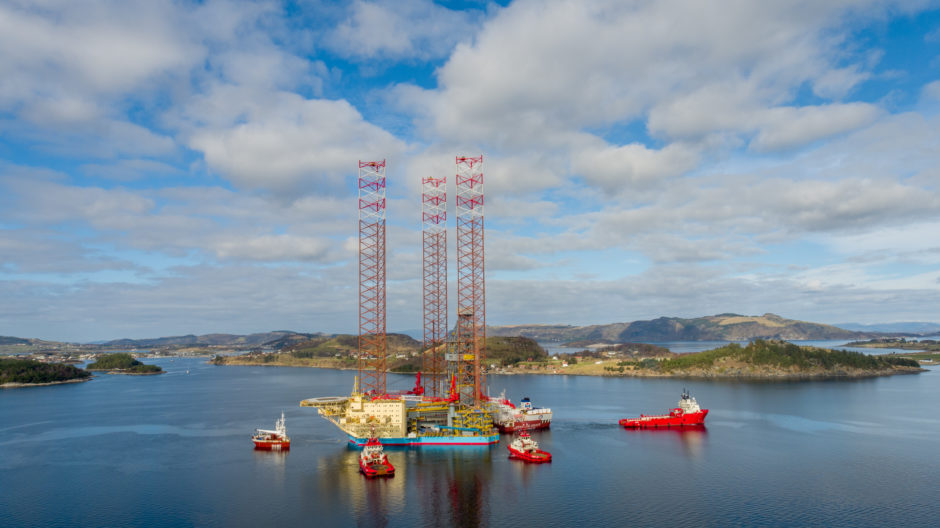
Aker BP has concluded the drilling of a wildcat well in the Norwegian Sea, locating up to 1.9 million cubic metres of oil equivalent, according to the Norwegian Petroleum Directorate (NPD).
NPD granted permission for well 2/8-19, located about 10km (6 miles) north of the Valhall field in the Norwegian Sea, in mid-April.
It was later spudded using the Maersk Invincible, and drilled to a vertical depth of 806m below sea level, in water depth of 69 metres.
It is the first exploration well drilled in production licence 1085, granted during the 2020 awards in predefined areas (APA) round.
The primary exploration target for well 2/8-19 was to prove petroleum in reservoir rocks in Lower Pliocene clinoforms within the Nordland Group, while the secondary target was another reservoir in Middle Pliocene clinoforms, also in the same group.
In the first, the well encountered a nine-metre oil column in a sandstone reservoir totalling 56 metres, the NPD said in a statement.
The oil column was in a reservoir with “moderate to good” reservoir quality, and traces of petroleum were also observed in sandstone with moderate to poor reservoir quality deeper than the proven oil/water contact, NPD said.
In the secondary target, the well encountered a 15-metre gas column in a sandstone reservoir. The reservoir totalled 68 metres, and reservoir quality varied from good (top) to poor (bottom).
Preliminary estimates place the size of the discovery between 0.6 and 1.9 million cubic metres of recoverable oil equivalent.
NPD said the licensees – comprised of Aker BP (55%), DNO Norge (25%) and Petero (20%) – will assess the discovery for potential further delineation.
The well has now been permanently plugged and abandoned, while the Maersk Invincible is now headed to Denmark for classification.
The rig was secured alongside the Integrator as part of a five-year deal worth an estimated $1billion.
This latest wildcat forms part of Aker BP’s plans to drill 13 exploration wells this year which could add up to 250 million barrels of oil equivalent to its resource base.
Its exploration spend will be around £290m dollars, while capex for the year is expected to be about £1.2bn.
Recommended for you
